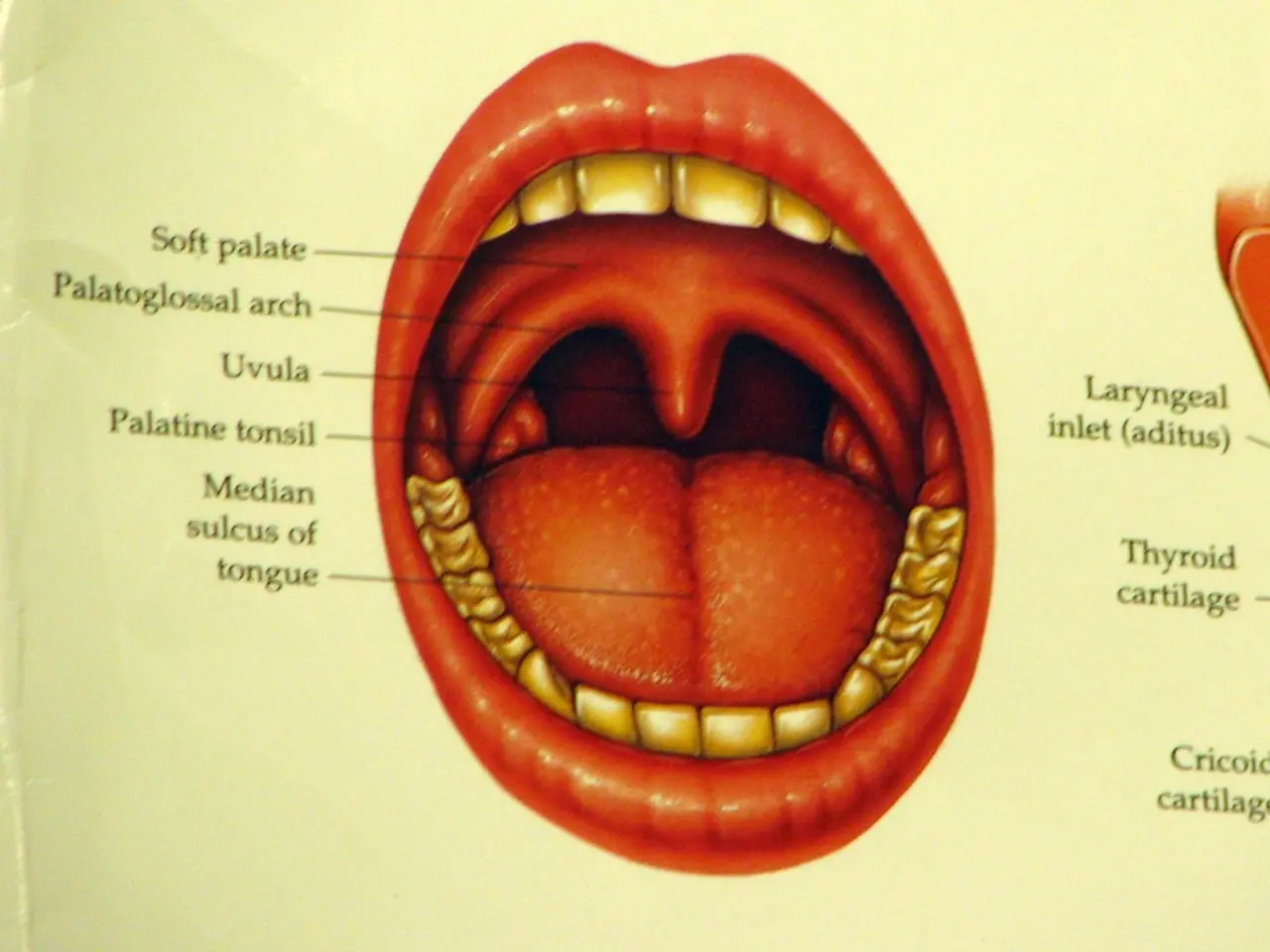The Evolution of Voice Tones Over the Course of Aging
As we age, natural changes in our bodies affect our voices, leading to hoarseness, breathiness, or a weaker voice. These changes are primarily due to the loss of elasticity and muscle mass in the vocal cords, as well as the ossification of cartilages in the larynx[1][5]. Hormonal changes also play a role, with women experiencing a drop in estrogen after menopause causing a deeper voice, while men may have a slight pitch increase as testosterone declines and vocal cord mass decreases[1].
Common voice disorders in older adults include vocal fold atrophy and hoarseness, which can also result from neurological conditions, stroke, or prolonged intubation[5][2]. These changes can impair communication, leading to social isolation and reduced quality of life.
Speech therapy plays a crucial role in treating voice disorders in aging adults. Speech-language therapists help by strengthening the muscles involved in voice production, improving breath support and vocal technique, addressing underlying neurological or muscular issues, and providing strategies to compensate for changing voice quality[2]. Techniques focusing on breathing and vocal relaxation may also alleviate voice strain related to stress and anxiety, which can exacerbate voice problems[4].
In addition to speech therapy, maintaining good oral health, proper nutrition, hydration, and avoiding smoking can help preserve the voice[3]. Medication like hormone replacement therapy or thyroid medication can be used to reduce an enlarged thyroid, which can cause vocal changes[6].
However, up to one in three older adults reportedly experiences dysphonia, or an alteration in "normal voice quality," but many decide to skip treatment, with up to 80% of older adults with dysphonia choosing not to seek help[2]. This could be due to fear of stigma, trouble accepting age-related voice changes, or misconceptions about the abilities and worth of elderly people[7].
Despite these challenges, it's important to remember that older voices are often associated with wisdom and good storytelling skills. However, they can also be assigned negative connotations, such as being seen as proof that an individual is less flexible or cogent, perpetuating harmful stereotypes about the elderly[7].
In conclusion, voice changes with age are largely due to physiological and hormonal changes, but many voice disorders can be treated or improved through specialized speech therapy and voice rehabilitation, helping older adults maintain effective communication and quality of life.
References:
- Voice changes in older adults
- Speech-language pathology in older adults
- Preserving vocal health in older adults
- Vocal hygiene and stress management in older adults
- Voice disorders in older adults
- Thyroid disorders and voice changes
- Ageism and the voice
- Maintaining good oral health, proper nutrition, hydration, and avoiding smoking can help preserve the voice in older adults, as stated in the text 'Preserving vocal health in older adults'.
- Speech therapy plays a crucial role in treating voice disorders in aging adults by strengthening muscles, improving breath support, and providing strategies to compensate for changing voice quality, as mentioned in 'Speech therapy'.
- Hormonal changes also play a role in voice changes among older adults, with women experiencing a drop in estrogen after menopause causing a deeper voice, while men may have a slight pitch increase as testosterone declines and vocal cord mass decreases, as explained in 'As we age'.
- Techniques focusing on breathing and vocal relaxation may alleviate voice strain related to stress and anxiety in older adults, which can exacerbate voice problems, according to 'Vocal hygiene and stress management in older adults'.
- Up to one in three older adults experiences dysphonia, or an alteration in "normal voice quality," but many decide to skip treatment, with up to 80% of older adults with dysphonia choosing not to seek help, as reported in 'Speech-language pathology in older adults'.
- Despite age-related voice changes, older voices are often associated with wisdom and good storytelling skills, but they can also be assigned negative connotations, such as being seen as proof that an individual is less flexible or cogent, as acknowledged in 'Ageism and the voice'.




